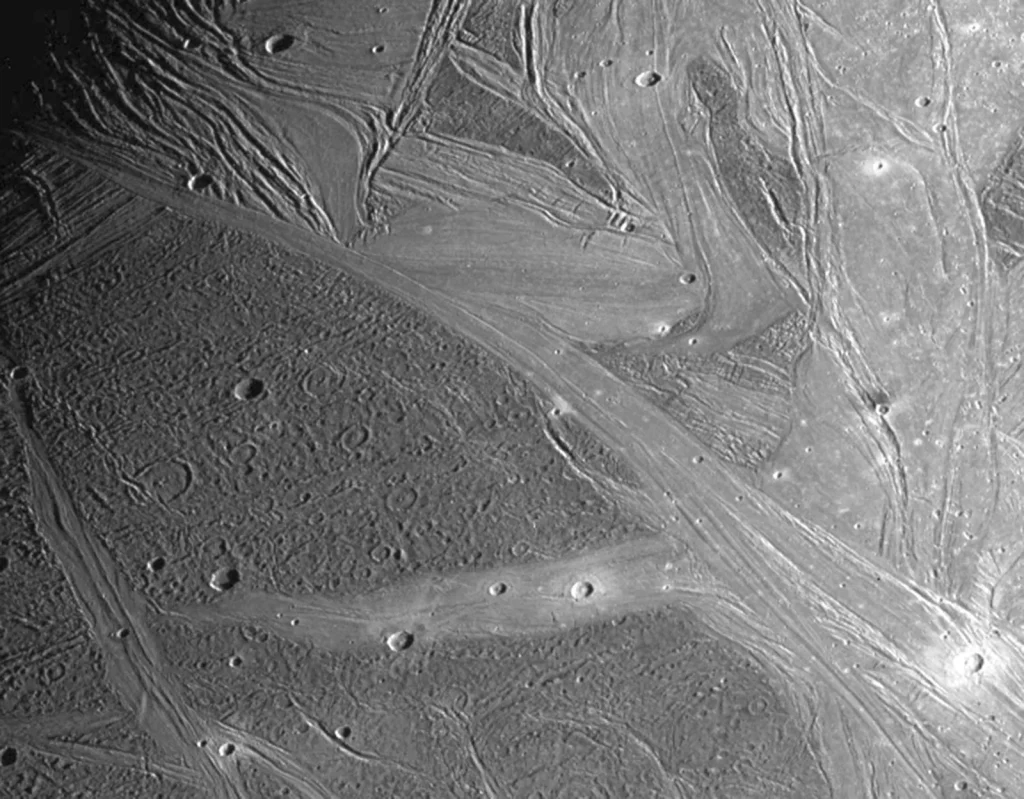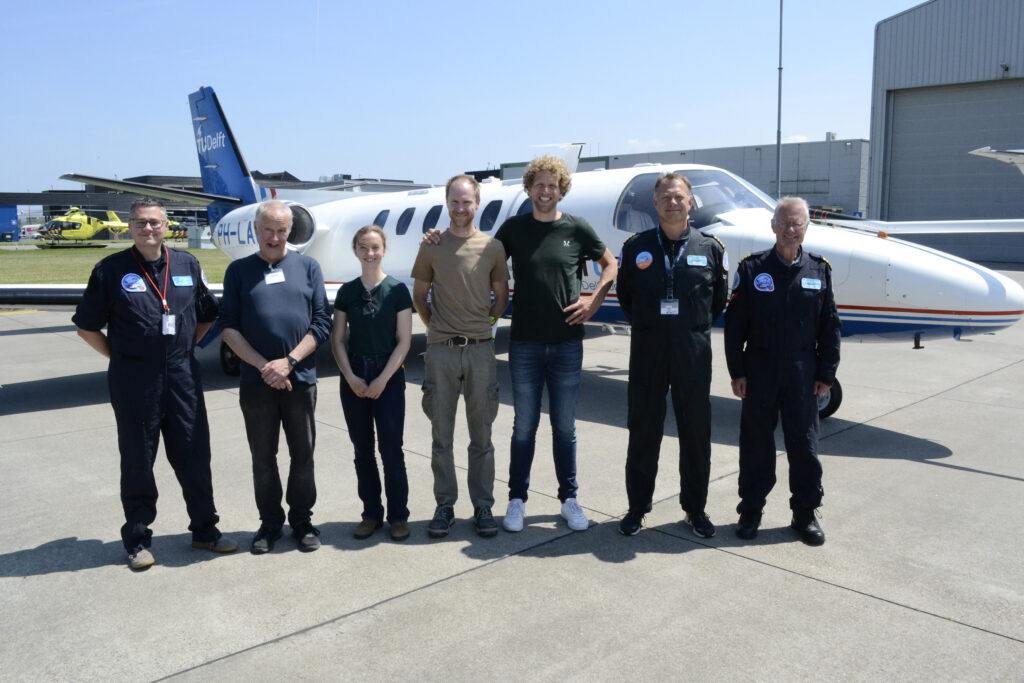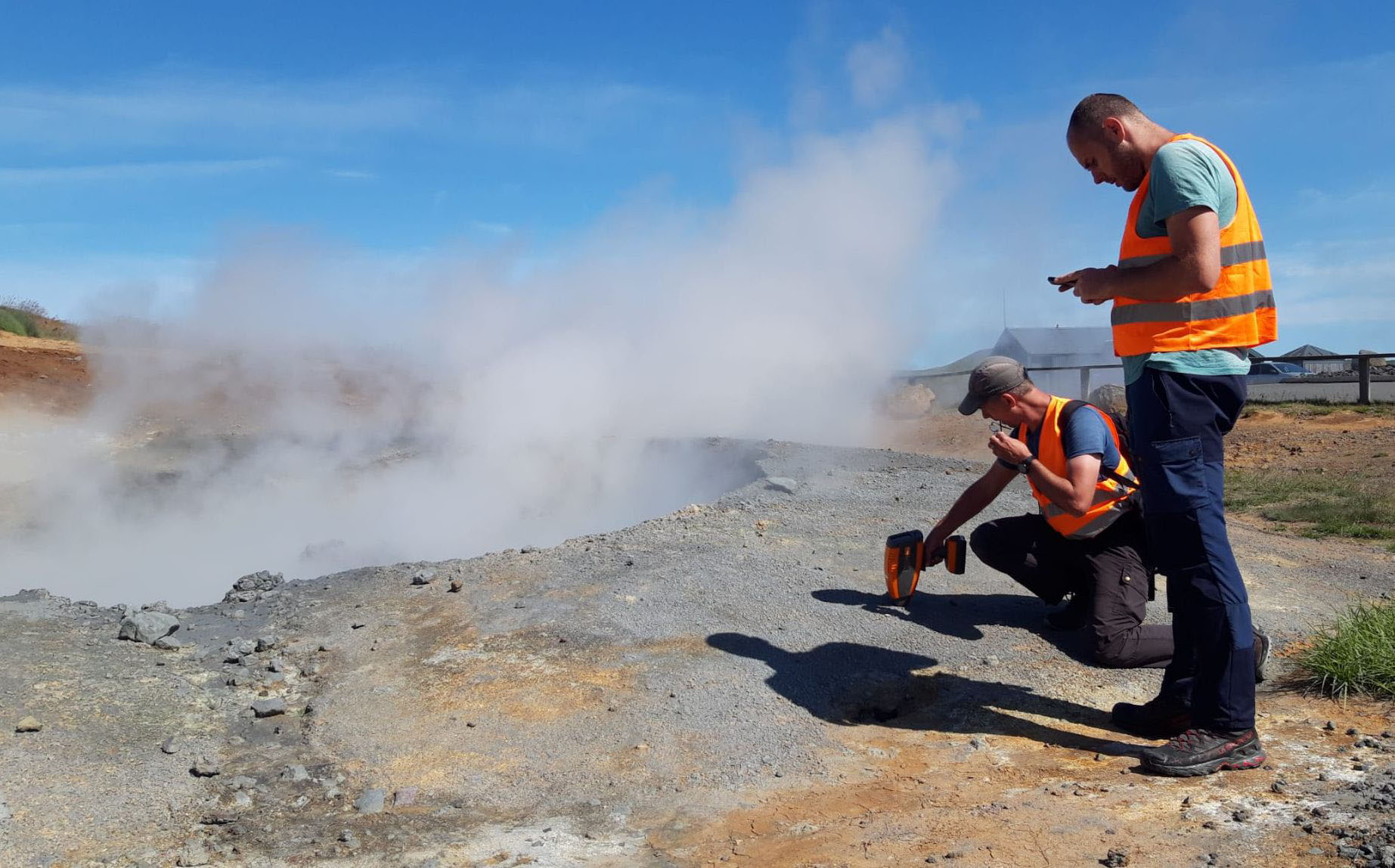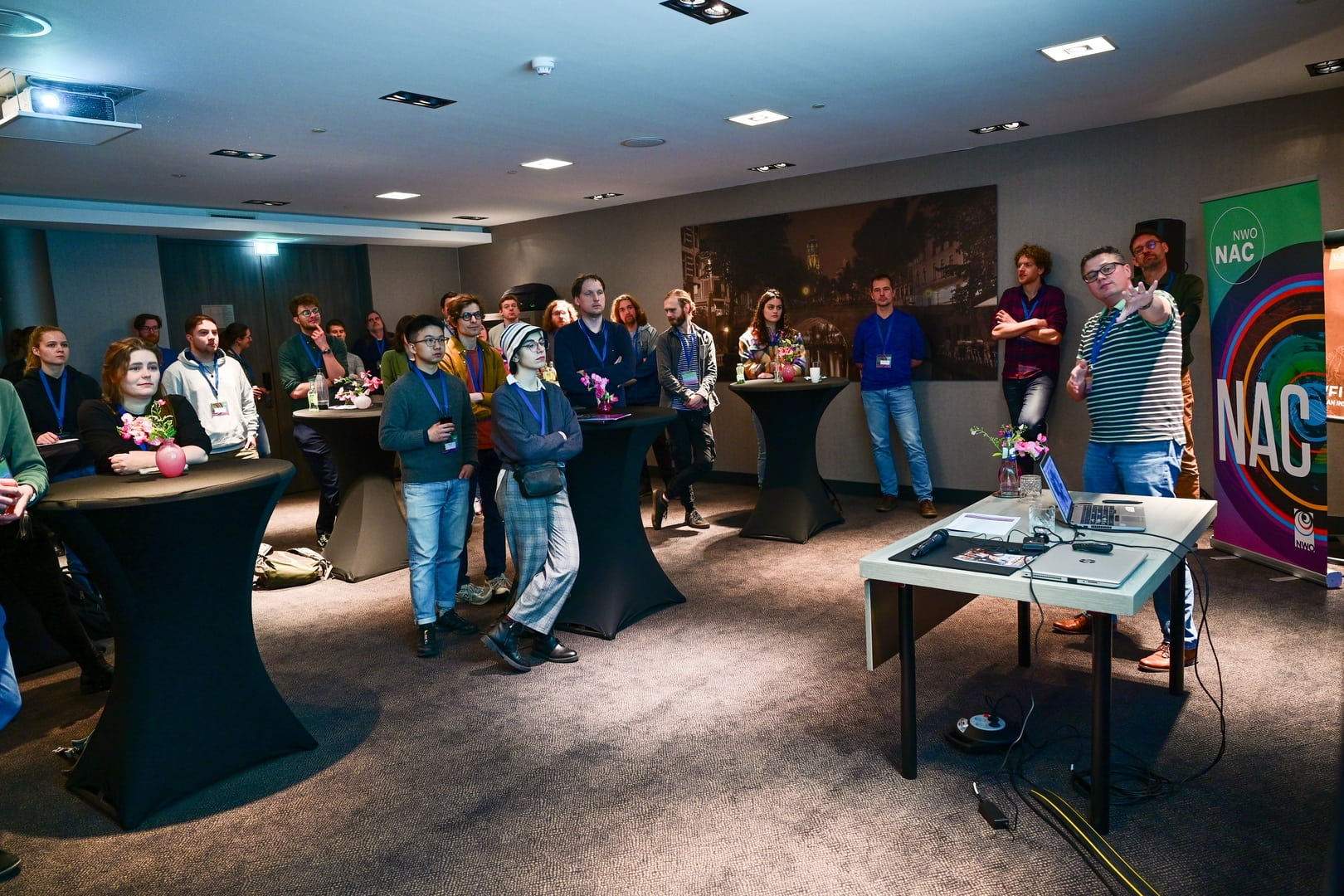A synergistic approach to habitability
Planetary habitability is commonly defined as the potential of a planet or a moon to allow for life to emerge and thrive. What makes a planet or moon habitable, and how habitability can be observed, are two fundamental questions driving current research efforts in planetary science. These questions are also the main drivers for significant ESA and NASA investments in solar system exploration missions and studies of planets beyond.
Several key properties have been identified that may determine planetary habitability, including a protective magnetic field; protective atmosphere; icy or rocky crust; temperate surface conditions; liquid water; and the availability of life’s building blocks. Studying the complex feedbacks between these different processes requires multidisciplinary expertise from many different subfields in planetary science – expertise that is available in the Netherlands, but that to date has not been leveraged in a national network.
Knowledge development with breakthrough potential for new missions and instrument concepts can be achieved by studying processes spanning the spatial domains from the core to the surface and the enveloping atmosphere, and key drivers of planetary habitability thus expected to operate on a wide range of spatial and temporal scales. This network will explore habitability ‘from orbit to outcrop’, through a combination of multiple approaches rooted in three fundamental pillars of planetary science fields in which the Netherlands has demonstrable strengths.
Our lineup of colloborative projects that connect researchers from across the Netherlands

Project 1: Interior processes
TU Delft, JIVE, VU Amsterdam, Utrecht Univ., Univ. of Twente, RUG

Project 2: Surface processes
Utrecht University, TU Delft, VU Amsterdam, University of Amsterdam, MARIN

Project 3: Biosignature detection
Univ. of Twente, TU Delft, Utrecht Univ., VU Amsterdam, UvA, LioniX, Cosine, RUG, SRON
Project 1: Interior processes
Postdoctoral researcher: Valerio Filice (TU Delft, will start January 2026)
Detecting geophysical parameters of potential habitable regions by satellite tracking: a case study of Ganymede. This projects will combining, for the first time, currently available expertise in the Netherlands to provide novel constraints on the context for life provided by the interior evolution of icy rocky worlds, using Jupiter’s moon Ganymede as a case study. We will use observations from past and ongoing missions and investigate how well we can determine the interior structure and evolution pathways of Ganymede. Ganymede is unique because its surface features both old and new terrains, and because it is the only moon in our solar system with an active dipolar-dominated magnetic field. Similar to other icy moons Ganymede contains a sub-surface ocean, and it is thought to contain several ice layers. The contribution of tidal dissipation to the total heat budget of the moon is currently small but is thought to have played a large role in the past.
Project 2: Surface processes
Postdoctoral researcher: dr. Lonneke Roelofs (Utrecht University, started April 2025)
Understanding how surface processes behave under different gravity and atmospheric pressure driven by different volatiles (e.g., water, CO2) is key focus of this project. Terrestrial landforms have served as our guide to interpretation of similar deposits on other bodies in space. Landform interpretation based on image analysis is widely performed by researchers at various Dutch institutes, both in terrestrial and extra-terrestrial settings. However, to what extent can we use Earth as our guide for understanding extra-terrestrial landforms? What if landforms previously associated with (liquid) water were in fact formed by other processes and caused by other volatiles? Such differences would have ramifications for the search for life and future planning of mission observations and exploration. In this project we will combine parabolic flight experiments with a novel debris flow set-up to disentangle effects of gravity, pressure and type of geomophic agent (volatile).
Project 3: Biosignature detection
Postdoctoral researcher: dr. Jitse Alsemgeest (University of Twente, started February 2025)
Exploring the multiscale detectability of biosignatures will allow linking outcrop processes to capabilities and limitations of remote sensing technology. Remote detection of early life habitats involves identifying biotic and abiotic materials unique to these habitats. To detect habitable environments on other planetary bodies, both rocky planets and icy moons, requires a deeper understanding of how signatures of early-life habitats are resolved by remote sensing instruments that operate at various scales. On Earth, insights into the composition of the biotic and abiotic constituents of early-life habitats can be measured on outcrop-scales at terrestrial analogues field sites and are complemented using the results of lab habitat simulation experiments. In this project we will develop a strategy for developing hyperspectral remote sensing observables, interpreted from lab experiments & terrestrial outcrops of modern-day analogues of early-life habitats (in Iceland) and their geological context, for the scale-dependent detection of similar habitats at other earth-like bodies in the solar systems and beyond.
Capacity building via postdoctoral projects
For each of these project a postdoctoral researcher will be hired. Co-investigators dr. ir. Wouter van der Wal (interior processes), dr. Tjalling de Haas (surface processes) and dr. Frank van Ruitenbeek (biosignature detection) will host and supervise the three postdoctoral researchers at TU Delft, Utrecht Utrecht, and University of Twente, respectively. More detailed information on these projects is available by request via the respective project leaders.

